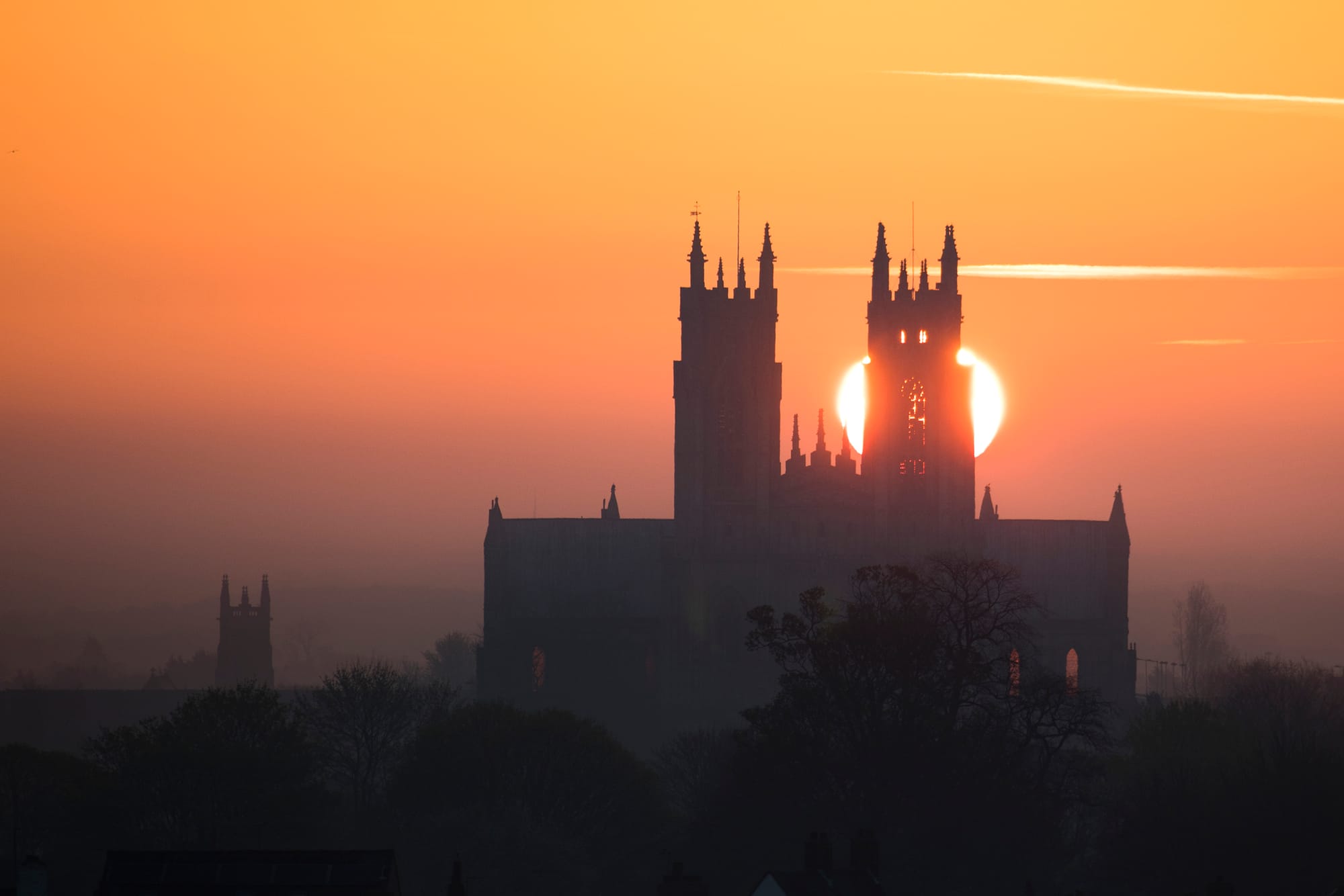
This article is a part of the Eustace collection - aimed at helping others create counter-narratives to threats to our historic environment.
Learn more about EustaceAccess all the Eustace articles here:
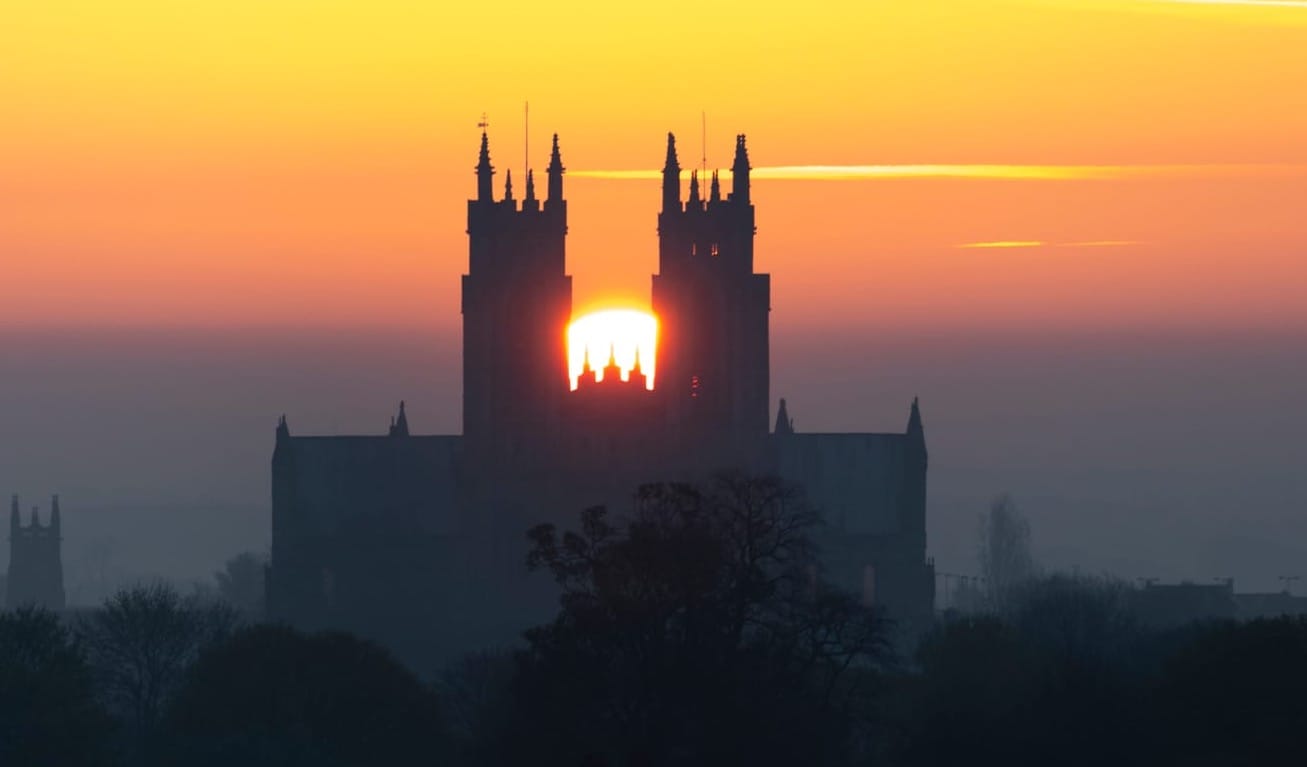
Hadrian's Wall
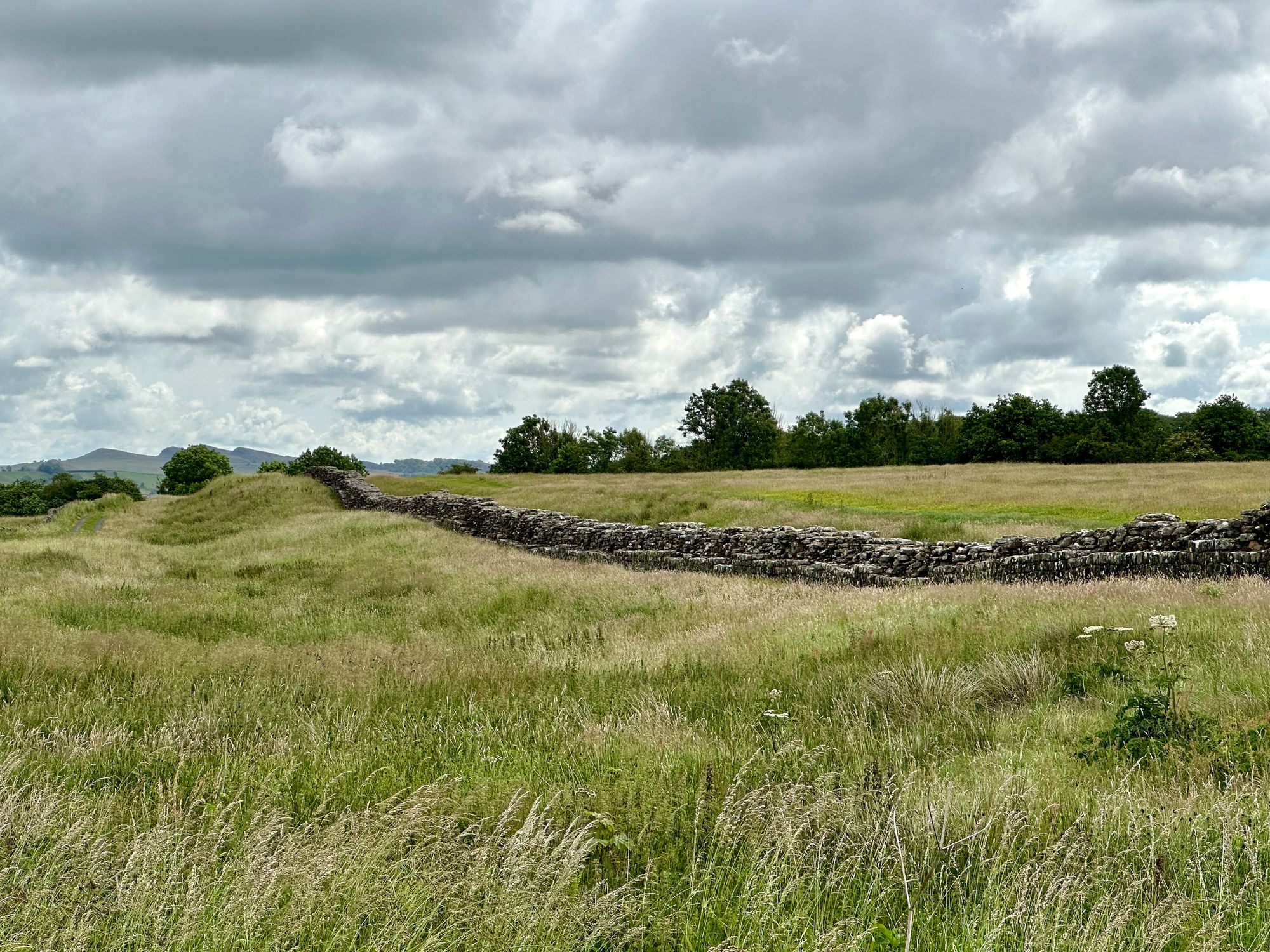
I finish a photoshoot in Carlisle and head for lodging near Penrith.
I'm getting a little caught up in myself. It's the height of the season and I'm working more hours than equates to a healthy balance. I feel untethered and anxious. I'm fretting about logistics - how am I going to fit in all the photography with the weather being so dire?
In spite of having lots of post-production to do in the van, I decide to take a detour. I make my way along a latitude that roughly passes through Hexham and on to Newcastle.
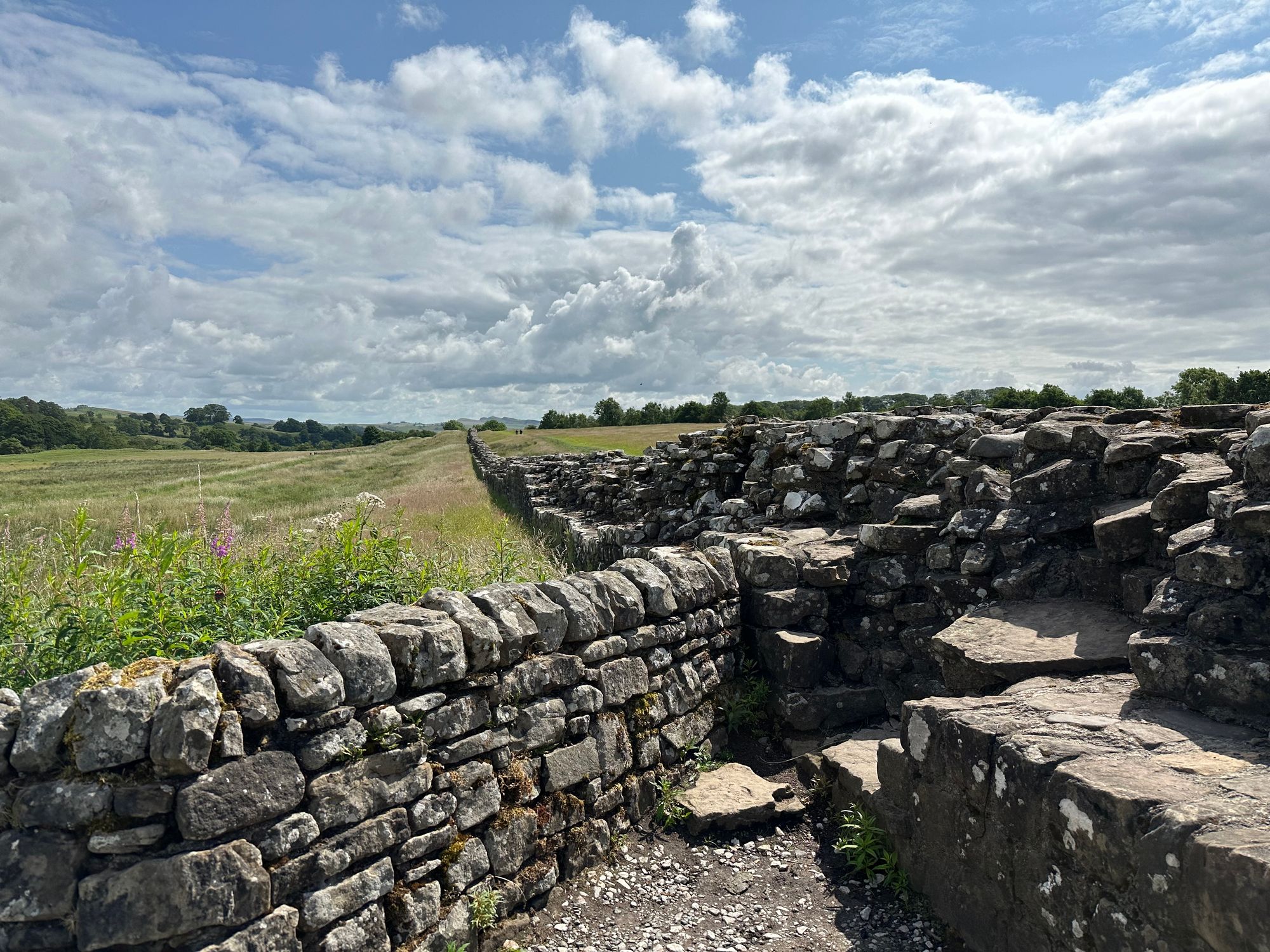
I drive into the timeless landscape surrounding Hadrian's Wall. It's a unique place, defined by the ancient ribbon of limestone that runs through it.
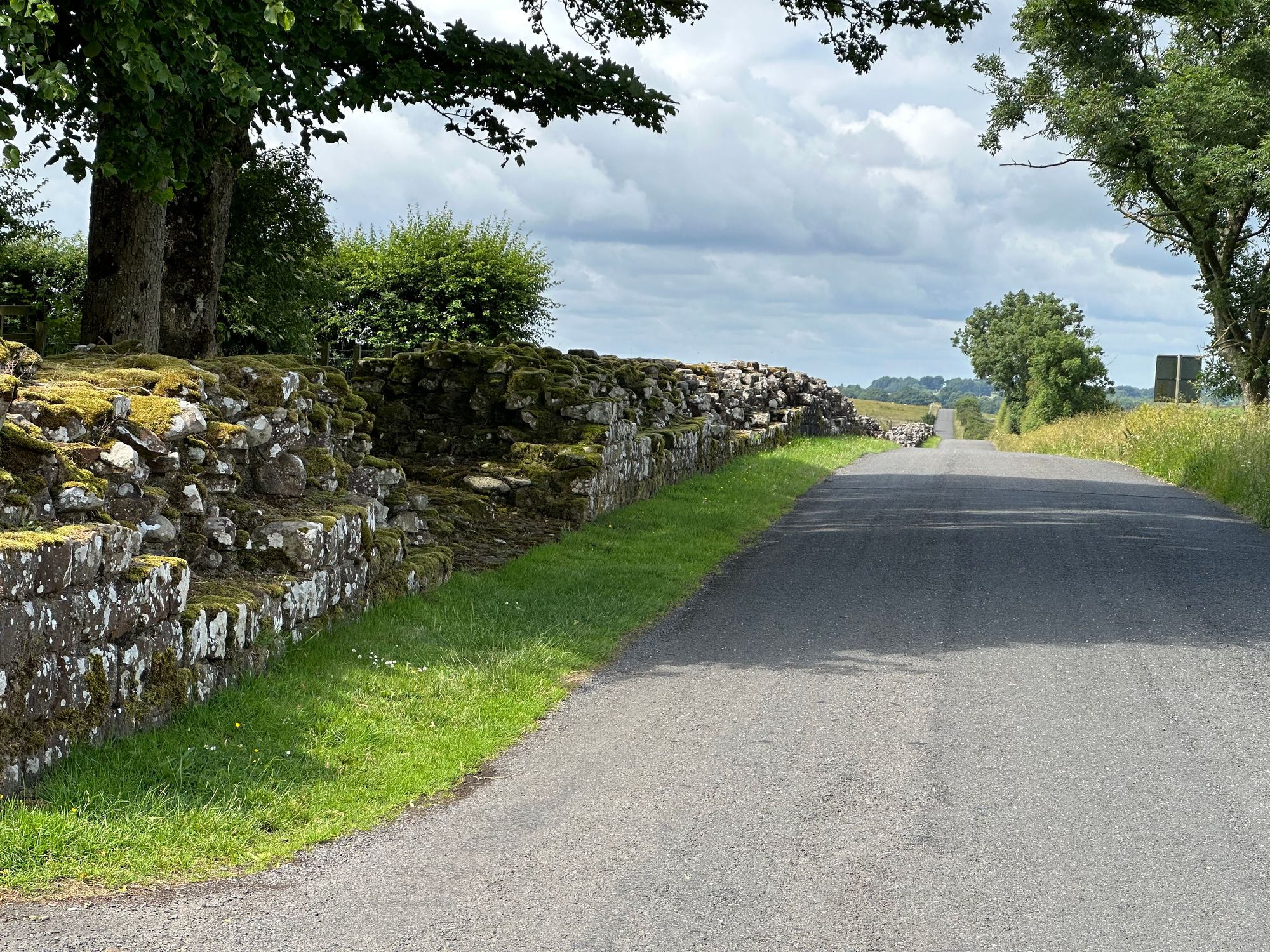
I park up near Birdoswald Roman fort, detach Splinter from Woody and head along cycle route 72 that runs adjacent to the wall. I can see the wall stretching out beyond Birdoswald into the distance. I keep my cadence low and slow and revel in the stones that have been here for millennia.
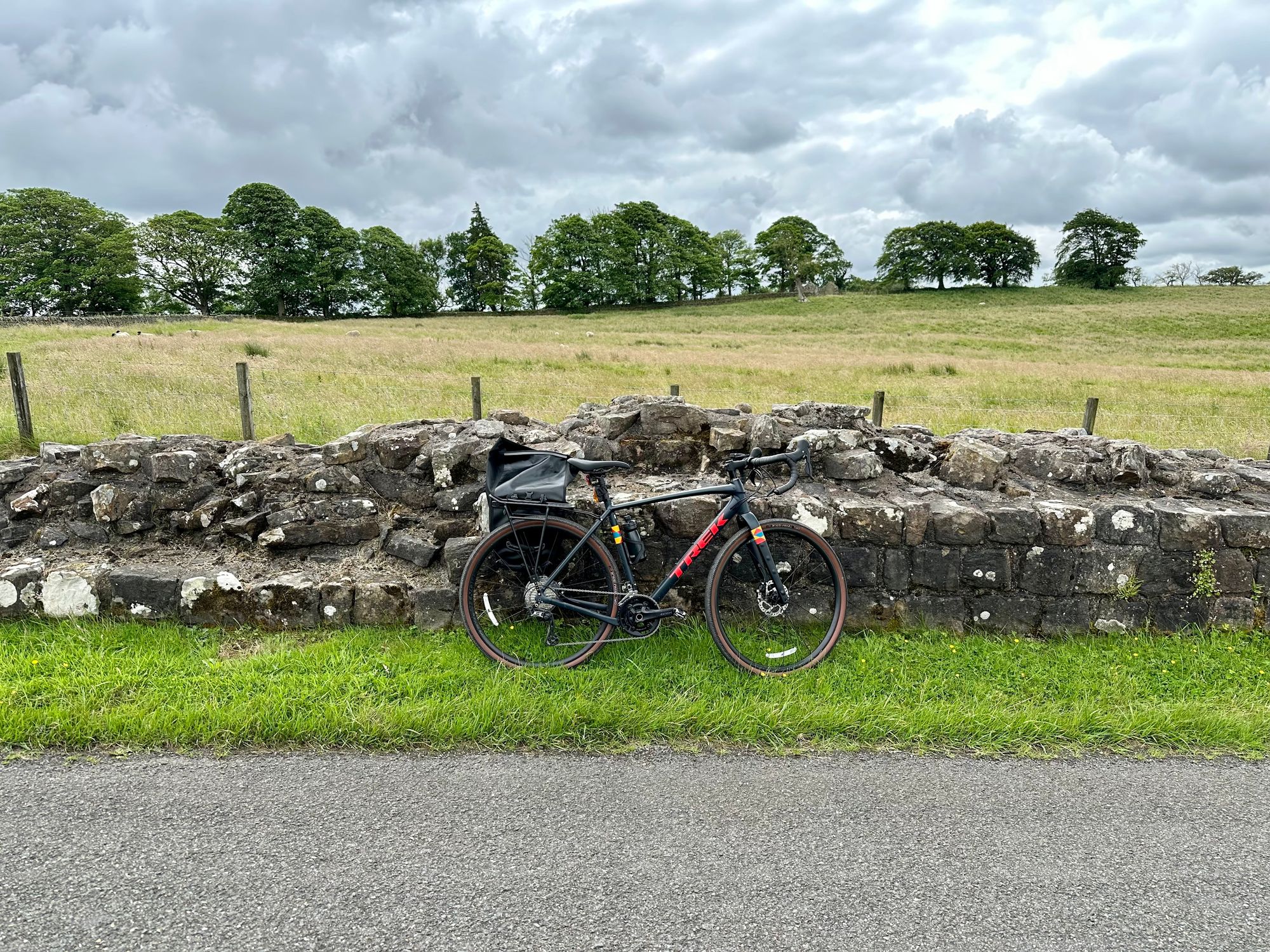
As I cycle along the wall, I take in each stone as ballast.
I stop at turret 49b and observe the sweep of wall from west to east as far as I can see. I think of the miles of wall beyond the horizon, reaching out to the coast, and drink it in. Each stone has been cut from quarries nearby, squared and laid true by Roman hands.
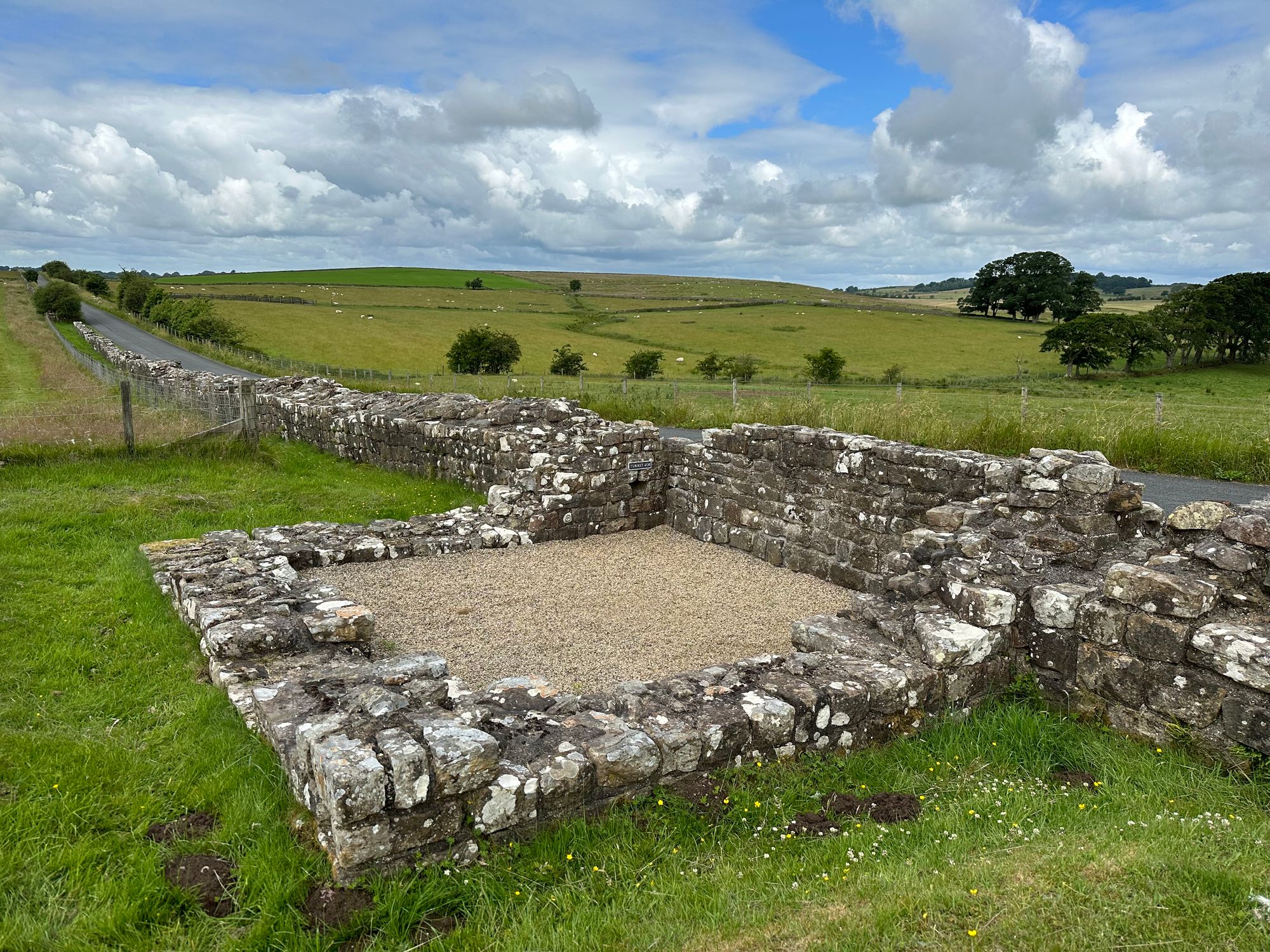
"As I cycle along the wall, I take in each stone as ballast."
Two or three auxiliary soldiers lived and sheltered within this space. I imagine their conversations tucked around each stone like mortar: love-stories coursing through the mortar joints, comedy springing from the castellation and tragedy lurking in the quoins.
And because of the fort at Vindolanda (just over 10 miles from here), I know what they were saying. Here they found some of the oldest handwritten documents in Britain preserved in anaerobic layers of clay.
They talked about birthday parties and wished for warm socks against the biting Northumbrian climate. Indeed they vexed about the weather:
“Caelum crebris imbribus ac nebulis foedum,” (the sky is obscured by constant rain and cloud).
And they worried and fretted just like me.
To Flavius Cerialis from Masclus:
"Please, my lord, give instructions as to what you want us to have done tomorrow. Are we to return with the standard to the shrine at the crossroads all together or every other one, that is half of us?"
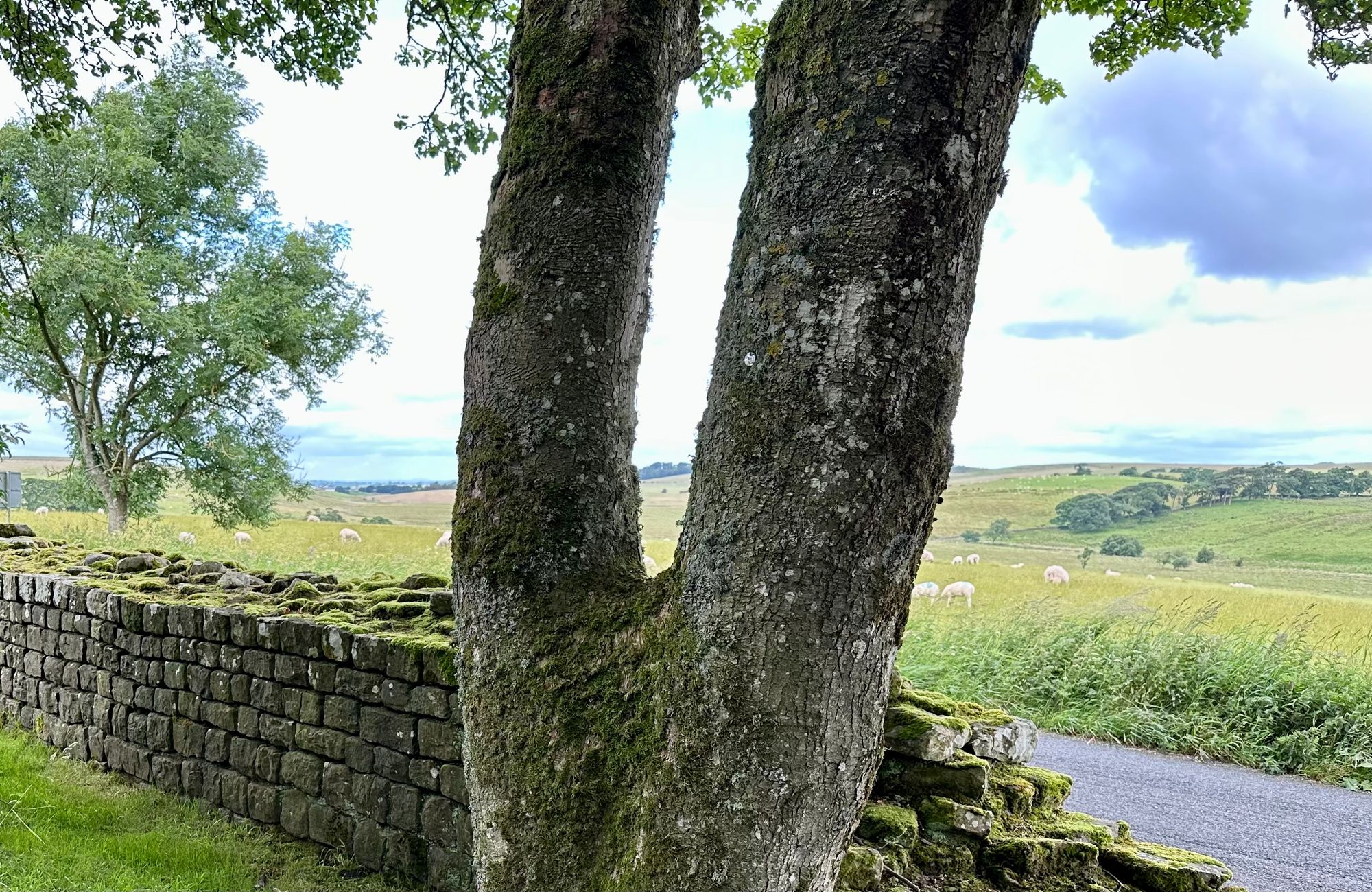
Like other places steeped in history, these stones are more than the sum of their parts. They're not just a tourist destination, a bucket list item or a heritage asset. They give me counsel.
Sat on the wall in my lycra with a furrowed brow, I feel humbled in their presence. They rise up beyond their material value and anchor me to the present day through the nutrients of the past, through the continuity that they represent.
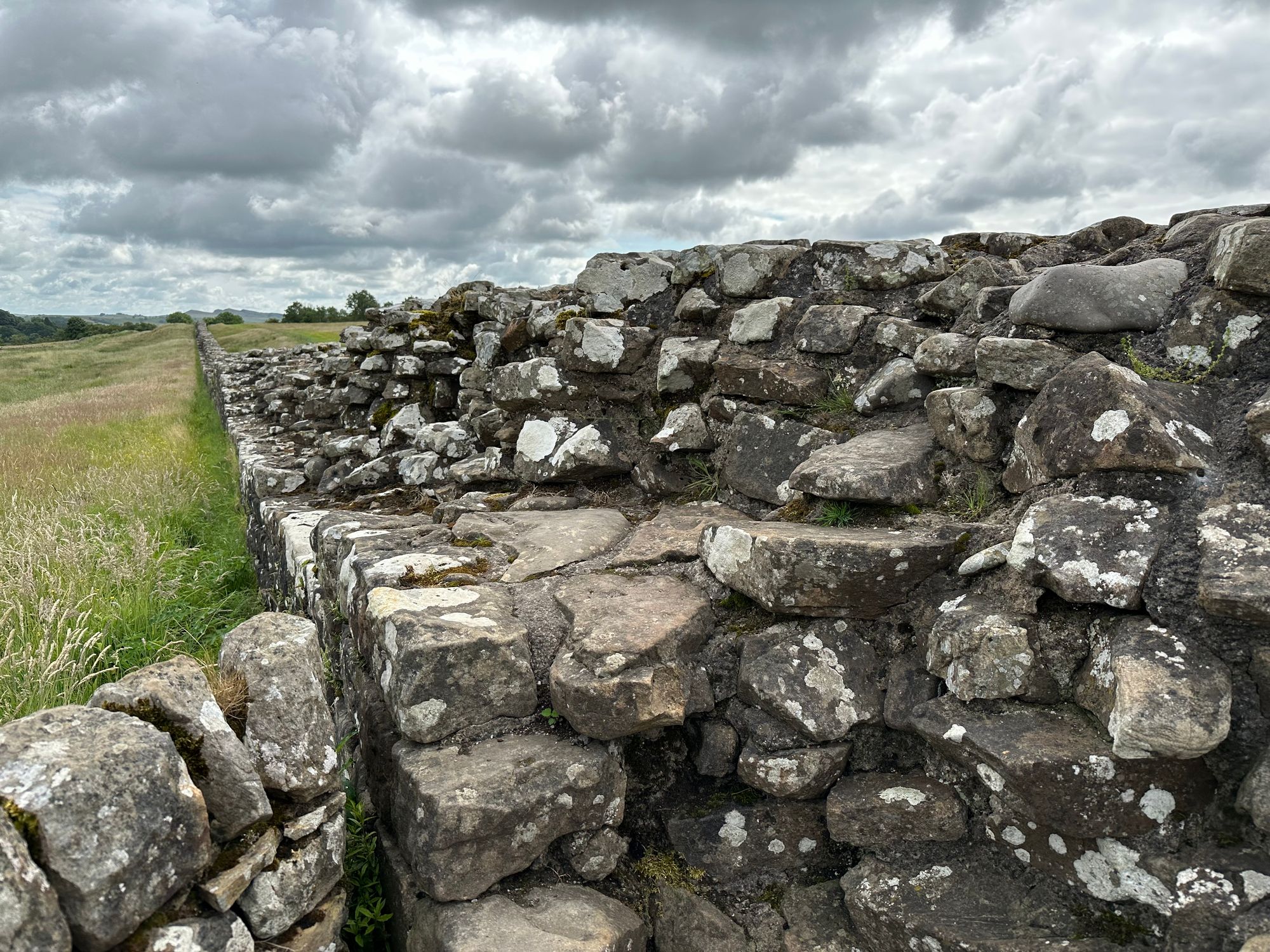
Photographs and words by Andy Marshall (unless otherwise stated). Most photographs are taken with Iphone 14 Pro and DJI Mini 3 Pro.



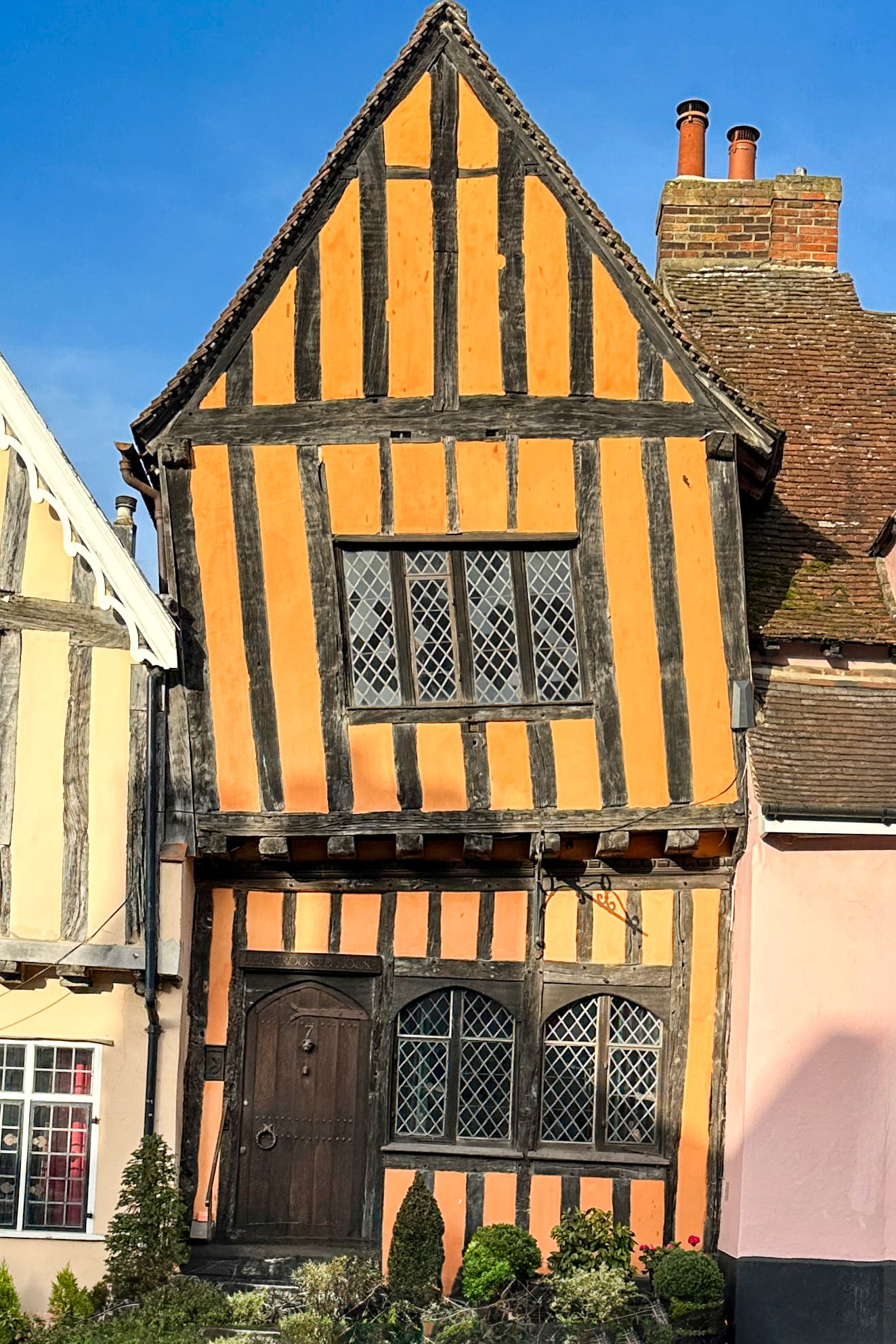
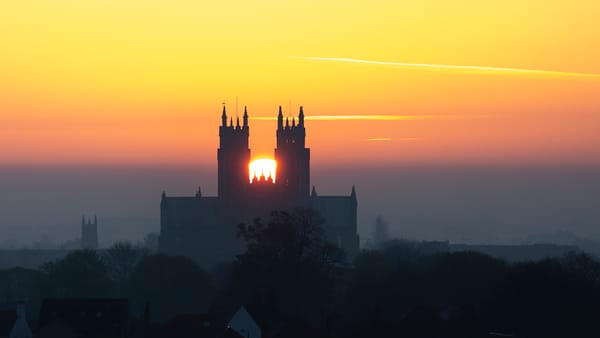
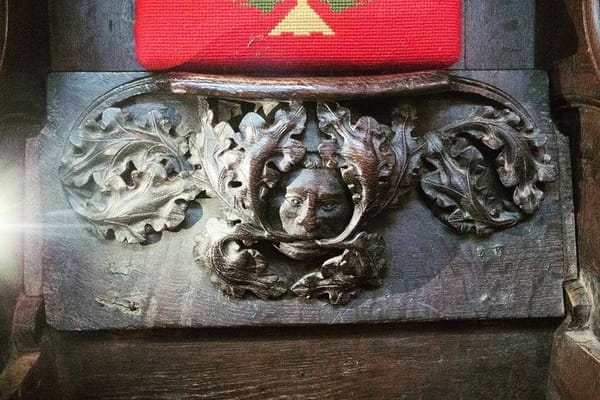
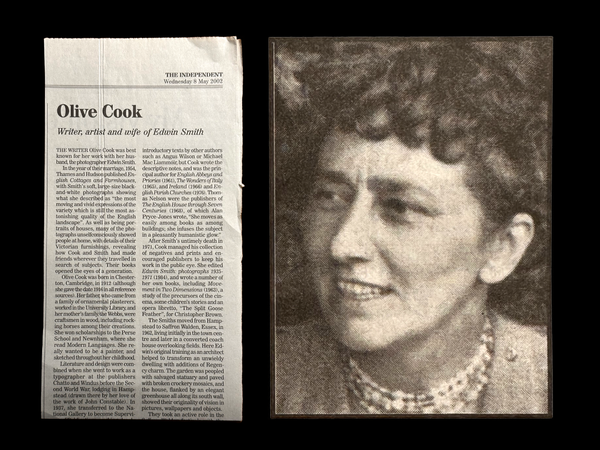
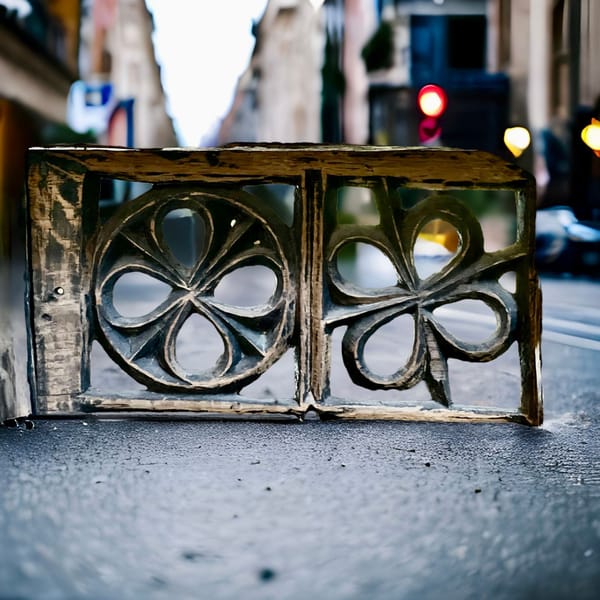
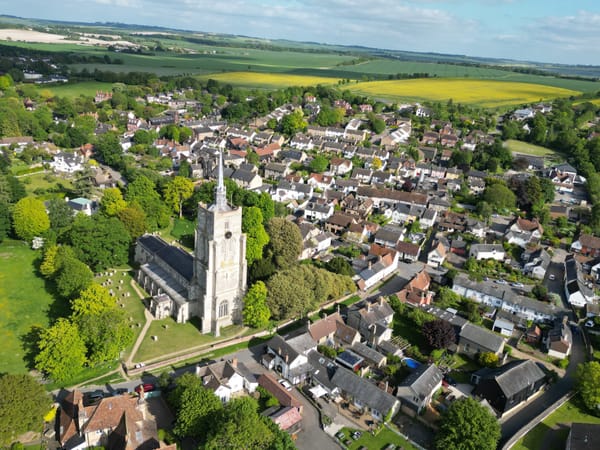
Member discussion